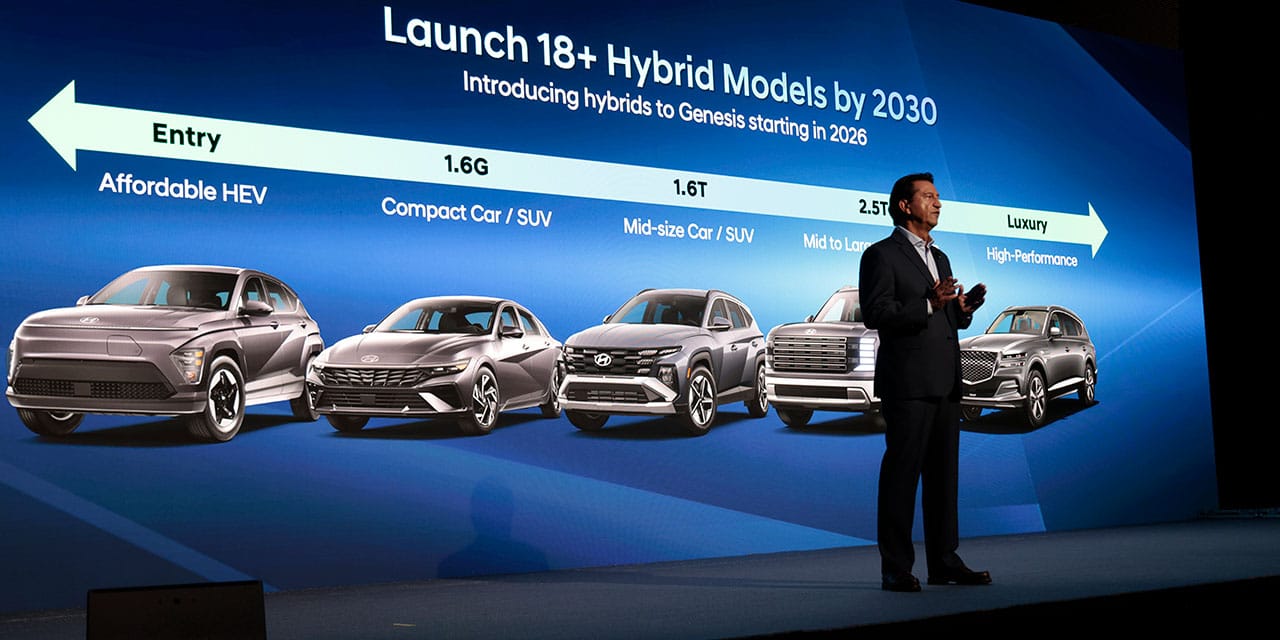From Supply Chains to Strategy: CEO Responses to Global Trade Uncertainty

The global business landscape is being shaken by escalating trade conflicts, particularly the U.S.-China rivalry and the emerging U.S.-India tariff war. For executives in industries like automotive and electronics, these tensions are not abstract—they are immediate operational challenges.
The U.S.-China confrontation, centered on technology restrictions and rare earth exports, has strained access to semiconductors and critical components. Automakers and electronics manufacturers in Japan, South Korea, and Southeast Asia are already reporting production slowdowns due to disrupted supply flows.
At the same time, the U.S.-India tariff war is complicating a trade relationship worth nearly $120 billion annually. New tariffs on Indian exports—from automotive components to textiles—are raising costs, undermining competitiveness, and injecting volatility into supply chains.
For CEOs and CFOs, the message is clear: these disputes require restructuring supplier networks, diversifying markets, and building resilience into operations. Trade wars may shift over time, but supply chain fragility is here to stay, demanding board-level attention.
Yet not all CEOs are reacting the same way. Some see the fog of uncertainty as reason to pause, while others are seizing the moment to reposition their firms for long-term value creation.
Two Types of Leaders
Business leaders today fall broadly into two camps:
Proactive CEOs view the turbulence as an opportunity to revalidate assumptions and adapt strategies for the decade ahead. They are analyzing how shifts in trade flows and global politics will affect supply chains, customer bases, and operations.
Cautious CEOs prefer to wait for clarity, holding off until new trade agreements or regulations settle.
Which approach is right often depends on industry exposure. In the U.S. automotive sector, for example, companies with heavy reliance on vulnerable supply chains may need to act now, while those with diversified footprints can afford to wait.
Beyond Tariffs: The Bigger Picture
While tariffs dominate headlines, CEOs are increasingly thinking beyond immediate shocks. They must consider how multiple structural drivers intersect:
- Broader geopolitical shifts
- Technological advances, especially in AI and semiconductors
- Energy transition and sustainability regulations
- Demographic changes in labor and consumer markets
Forward-looking executives are building multi-scenario models that assess risks and opportunities from these drivers. The goal: understand how different futures could impact competitive advantage, then design strategies that are resilient across scenarios.
Real-World Responses
Despite the uncertainty, many leaders are already acting:
- Pricing Strategy: An electronics company adjusted prices on older product lines, accepting volume losses, while delaying pricing decisions on flagship launches until more clarity emerged.
- Operational Adjustments: Companies are reviewing supplier exposure, updating classification for tariff compliance, and creating “nerve centers” to monitor developments in real time.
- Strategic Pivots: Firms are diversifying suppliers, onshoring production in critical markets like the U.S., and pursuing new trade corridors such as Europe–ASEAN and Middle East–Europe.
What once seemed like long-term strategic options are now treated as immediate mitigations.
Prioritizing What Matters
One of the greatest challenges for CEOs is identifying which geopolitical factors truly affect their business. Leaders are asking:
- If you’re in semiconductors, do export controls represent existential risk? (Yes.)
- If you’re in apparel, do those controls matter? (Probably not.)
The task is to focus energy on factors with material economic impact and avoid being distracted by noise. Many executives are setting up event boards—systems that track policy changes, trade deals, interest rate shifts, or government incentives. When one of these triggers occurs, management teams have predesigned playbooks ready to execute.
Public Policy Engagement
Another trend is deeper C-Suite engagement with government relations. Executives realize they cannot wait passively for trade negotiations to unfold. Companies investing in the U.S., for instance, are proactively engaging with Washington to highlight their projects’ economic impact and to secure industrial-policy incentives.
This is not limited to the U.S.—around the world, governments are offering unprecedented subsidies and incentives for strategic industries. Business leaders who understand and capitalize on these opportunities can create competitive advantage.
Key Numbers / Facts Box – Business in Geopolitical Uncertainty
- 60% of CEOs rank geopolitical risk among their top three concerns (PwC 2024).
- $1.6 trillion: Estimated cost of supply chain disruptions from 2020–2024 (McKinsey).
- 35% of Asian automakers are considering production cuts due to rare earth shortages.
- 2–3x increase in board-level time spent on geopolitics vs. pre-2020.
Executive Takeaway
For today’s C-Suite, the challenge is not to eliminate uncertainty but to lead effectively through it. Proactive CEOs are using this period to reposition for the next decade—revalidating assumptions, diversifying supply chains, and pursuing incentives.
Cautious CEOs risk being outpaced if volatility becomes the new normal rather than a temporary disruption. The lesson: treat tariffs and trade disputes as waves to ride, not walls to wait behind. The leaders who act with agility, clarity, and strategic foresight will turn today’s geopolitical volatility into tomorrow’s competitive advantage.
Have you read?
The World’s Best Medical Schools.
The World’s Best Universities.
The World’s Best International High Schools.
link






:max_bytes(150000):strip_icc()/stresstesting.asp-final-b2577fb8ba804e1fa1069b8bd96bf3bc.png)
